On Wednesday, Industrial Light & Magic (ILM), the industry’s premier visual effects company, celebrates its momentous 50th anniversary. Founded in 1975 by George Lucas to facilitate the production of Star Wars: A New Hope, ILM has continued to lead the industry in cutting-edge visual effects technology that fuels creative storytelling.
We spoke with Janet Lewin, SVP and General Manager, ILM, to learn more about how the company has been able to maintain its legendary status in the industry, and what to expect from ILM over the next 50 years.
Industrial Light & Magic is celebrating a monumental anniversary this year with it turning 50 on May 28. How would you describe the last five decades of the visual effects company?
George Lucas founded Industrial Light & Magic 50 years ago out of necessity — there was no other way to tell the story of Star Wars the way he envisioned it. To accomplish his singular vision, we designed new ways of working in a brand-new medium called “visual effects” with practical miniatures and motion control. And, that spirit of invention and fearlessness has defined us and propelled us ever since as we have partnered with storytellers in a vast array of mediums to help tell their stories. Throughout, we have transformed ourselves and the industry time and again with groundbreaking advancements in computer graphics, virtual production, and interactive experiences to support a burgeoning industry.
ILM started with 25 rebels working on visual effects for one film in a warehouse in Van Nuys, California, and now employs over 3,500 visual effects professionals in five countries, working on 50 projects simultaneously. So, our growth has been exponential, but we have retained the same spirit as when we started.
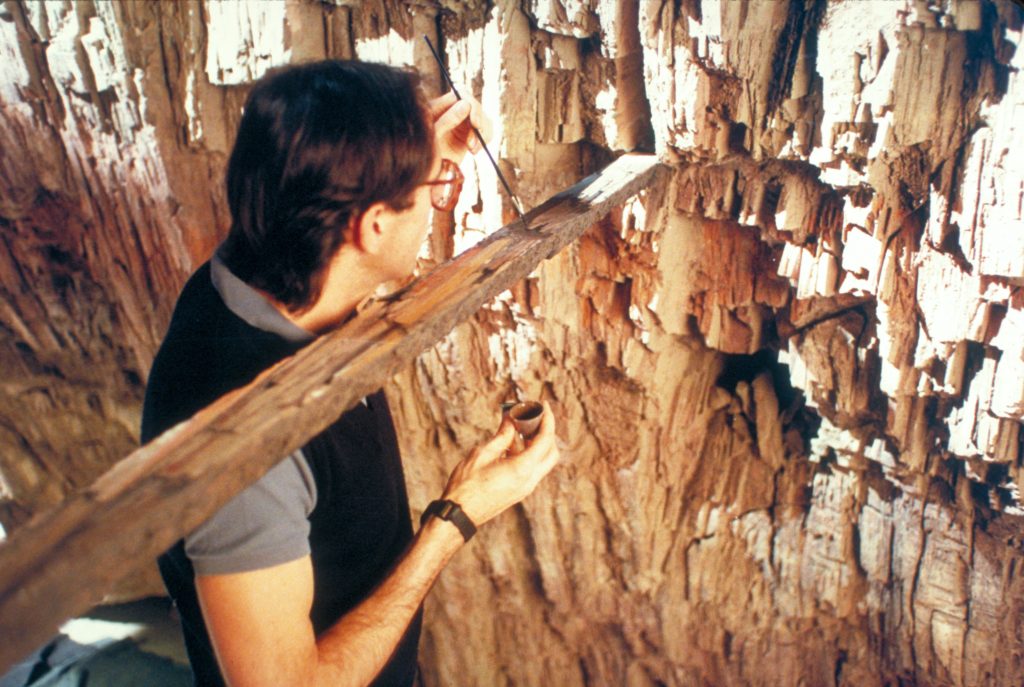
What has made ILM the premier visual effects company in that time? How has it been able to stand out over all these years as visual effects have evolved?
We have maintained our status as the premier visual effects company for five decades because of our drive to push boundaries in visual storytelling, coupled with our proven track record to deliver at the highest quality to our client.
That said, the most important factor of our success has been our talented people, without whom none of it would be possible. We have the most creative and dedicated artists, supervisors, technicians, and production teams in the world, and they drive the innovation necessary to keep ILM on the cutting edge. In fact, a hallmark of ILM is our supportive and collaborative work environment, which makes it a great place to build careers. We are people-centric, and it is not uncommon for employees to celebrate 20-year anniversaries at ILM. The culture of our company is one of the many reasons why ILM is a consistent leader in the industry.
In 2012, The Walt Disney Company (TWDC) acquired Lucasfilm, the parent company of ILM. How has Disney’s creative storytelling enhanced ILM’s innovations and vice versa?
Walt Disney’s vision for his company and George Lucas’ vision for ILM are aligned in many ways, with a central tenet of incredible visuals designed with groundbreaking techniques to tell amazing stories. If you look at the Multiplane camera that Walt Disney used on his early animation titles, for example, you’ll find that same level of creativity and ingenuity in technologies such as ILM’s virtual production suite of tools called StageCraft today.
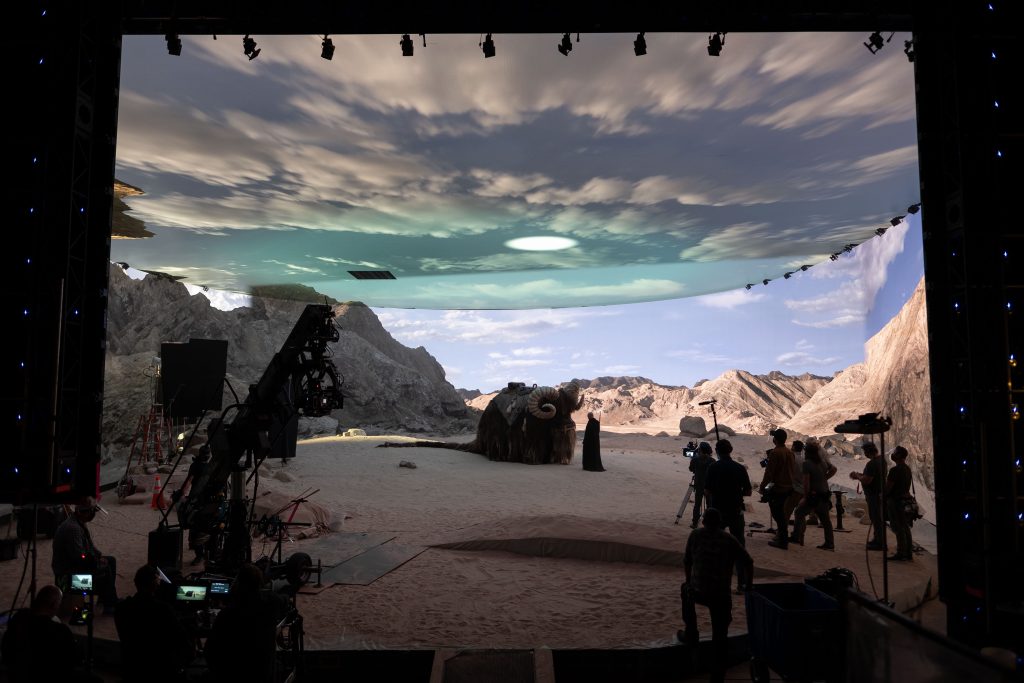
Since 2012, we have partnered with TWDC banners on a plethora of outstanding projects that have leveraged ILM’s ability to innovate and pushed us in new and exciting ways. Of course, we oversee and execute the visual effects on all of the Star Wars projects for Lucasfilm, but we also play a major role in the Marvel Cinematic Universe on visual-effects-driven movies like The Avengers and Black Panther; we have contributed to the Alien and Avatar franchises for 20th Century, and we regularly partner on Disney’s live action projects like Lilo & Stitch and TRON: Ares, just to name a few.
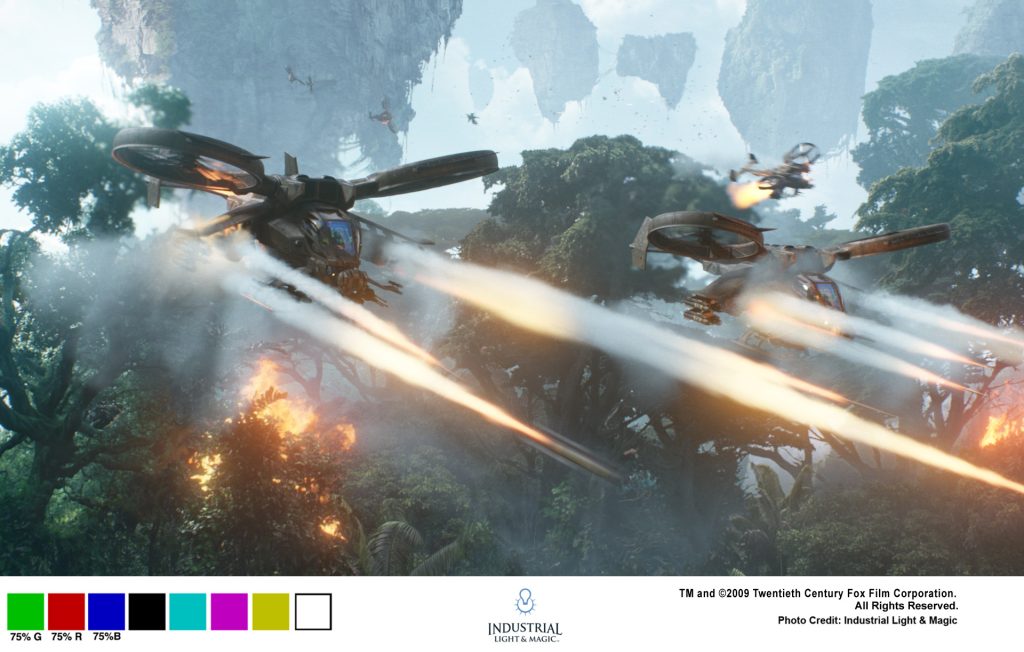
Which visual effect or innovation defines ILM the most?
There isn’t a single visual effect or innovation that can define Industrial Light & Magic, and in many ways, that’s actually what defines us — the breadth of our contributions to the industry.
While we continue to break new ground every single day, perhaps the most enduring innovation has been ILM’s role in pioneering the development of digital effects. ILM’s groundbreaking work in computer graphics starting in the 1990s literally changed how films are made and continues to impact film, television, and a host of other fields to this day. We may be best known for our work in a galaxy far, far away, but we have also created Oscar-winning visual effects that enabled other iconic stories to be told, like bringing dinosaurs to life in Jurassic Park, allowing a boy and his alien to fly in E.T. the Extra-Terrestrial, and crafting the villainous Davy Jones in Pirates of the Caribbean: Dead Man’s Chest. Today, we continue to support our filmmakers with never-before-seen imagery, and we also leverage our techniques and passion in interactive mediums like Marvel’s award-winning What If…? – An Immersive Story, and the first-in-kind immersive concert experience, ABBA Voyage.
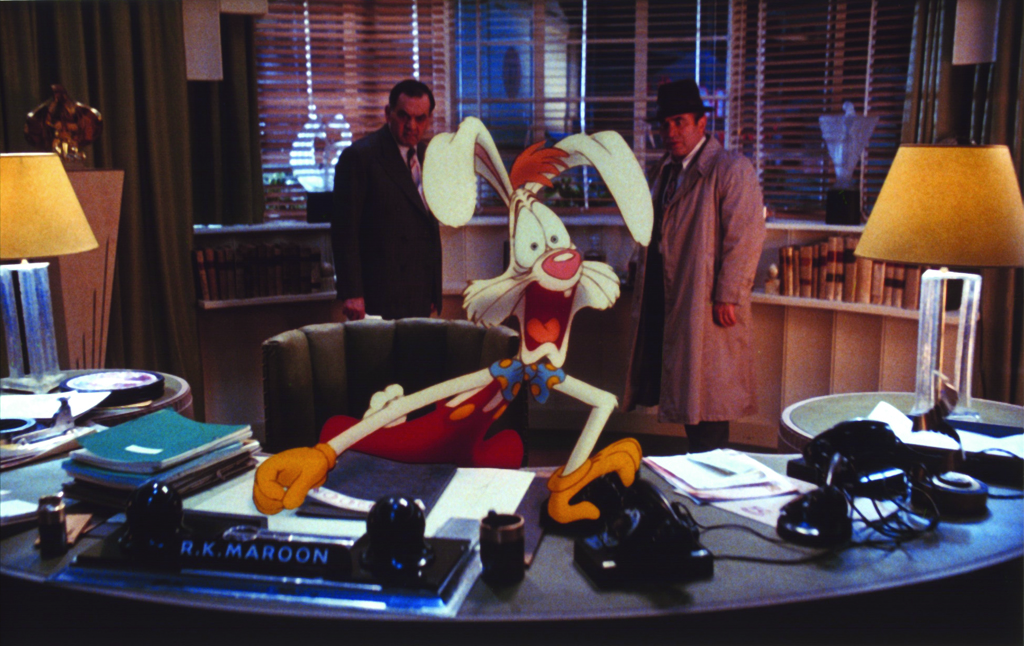
ILM got its start creating the effects for 1977’s Star Wars: A New Hope, which itself will be celebrating its 50th anniversary in a couple years. How are the two inextricably linked?
Without Star Wars, ILM would not have existed and without ILM, there would have been no way of making Star Wars. ILM’s techniques and innovations are in the fabric of Star Wars projects; we inspire new ways of telling these boundless stories and pay homage to the original methodologies like miniatures and stop-motion, even when we are embracing advanced techniques like StageCraft. While ILM has expanded our clientele and has worked on over 400 projects since A New Hope, our roots remain grounded in George Lucas’ ethos of audacity and transformation.
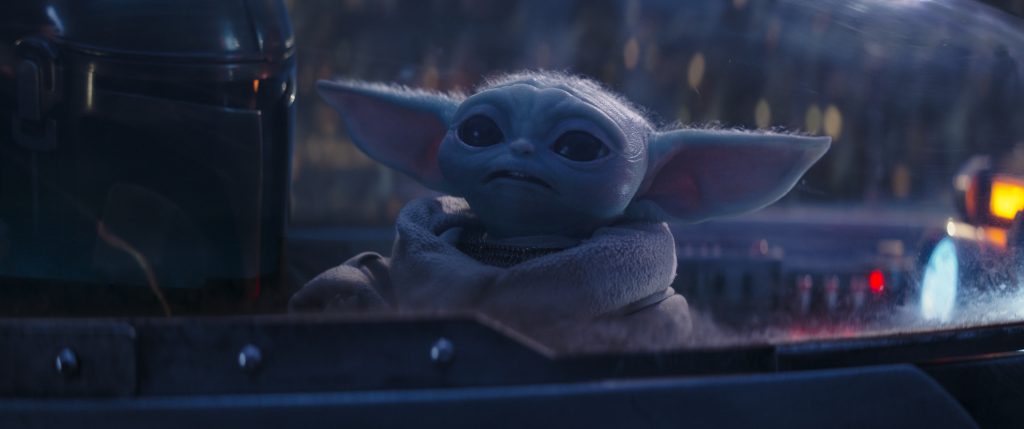
What do you think the next 50 years of ILM will look like?
I believe we will continue to thrive, grow, transform, and inspire. As we did for the first 50, we will continue to push the boundaries of what is possible in visual effects, feature animation, interactive, and immersive entertainment, helping new generations of storytellers to realize their vision.
It’s hard to know where the industry will evolve over the next 50 years, but we are determined to be leading the charge. The culture of innovation, transformation, and collaboration has driven this company for 50 years and remains firmly in our DNA for the future.
